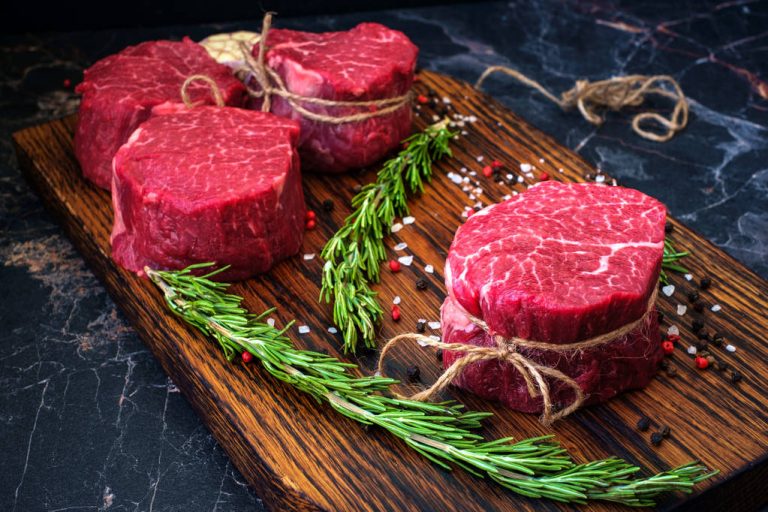One in four adults does not exercise enough. More than five million deaths could be avoided if the world’s population would exercise more. It doesn’t matter whether it’s jogging, weight training or cycling: Regular exercise not only promotes physical and mental health, but also prevents numerous diseases.
Sport: Positive effects on the body
When you exercise, your blood pressure and insulin levels drop for a few hours after exercise. After a few months, your heart gets used to the new strain during sport and thus lowers blood pressure and heart rate in the long term, even outside of training. This relieves the heart and reduces the risk of many diseases. For example, many people suffer from high blood pressure without even knowing it. This is where exercise and the right diet can help.
Strength training also strengthens the muscles and bones in particular, which in turn prevents fractures, tension or muscle tears. There is also a big plus in the positive effect on our immune system. Furthermore, sport reduces the risk of diabetes and cancer and has a positive effect on the brain, which stabilizes thinking skills.
According to the World Health Organization (WHO), physical activity also promotes metabolic health, musculoskeletal health and the prevention of depression. Sport has an impact not only on physical but also on mental health. Physical activity improves mental well-being, increases quality of life as well as mobility and independence, especially in older people, reduces stress reactions, fears, depression and other forms of dementia.
WHO: This is what happens when you don’t exercise
According to the WHO, physical inactivity has negative consequences. Any movement is better than not moving at all. At six percent, lack of exercise is the fourth largest risk factor for premature mortality, after high blood pressure at thirteen percent, smoking at nine percent and high blood sugar also at six percent. Overweight (obesity) is another major risk factor, accounting for five percent of deaths.
For Europe, the WHO estimates the consequences of lack of exercise at one million deaths every year, which corresponds to ten percent of all deaths. There are also drastic economic costs associated with the negative effects of physical and mental inactivity.
WHO recommendations for physical activity
The WHO recommends at least 150 minutes of physical activity per week for the adult population aged eighteen and over. That’s two and a half hours a week and should definitely be possible. It doesn’t matter whether it’s a workout in the gym, a round of jogging in the forest or a relaxed yoga session with friends, all movement promotes health. Even a long brisk walk improves endurance and keeps you fit.
In addition, muscle-strengthening activities should be incorporated that are not limited to just one area of the body. A mixture of endurance and muscle training is recommended here, in units with a minimum duration of ten minutes each. At best, you spread your sports units over at least twice a week.
From the age of 65, the organization increasingly recommends physical activity that focuses on balance, coordination and muscle strengthening at least three times a week. Children should move for at least an hour a day. Children and teenagers should work up a sweat three days a week to strengthen muscles and bones. Being physically active is crucial to your health and well-being.




